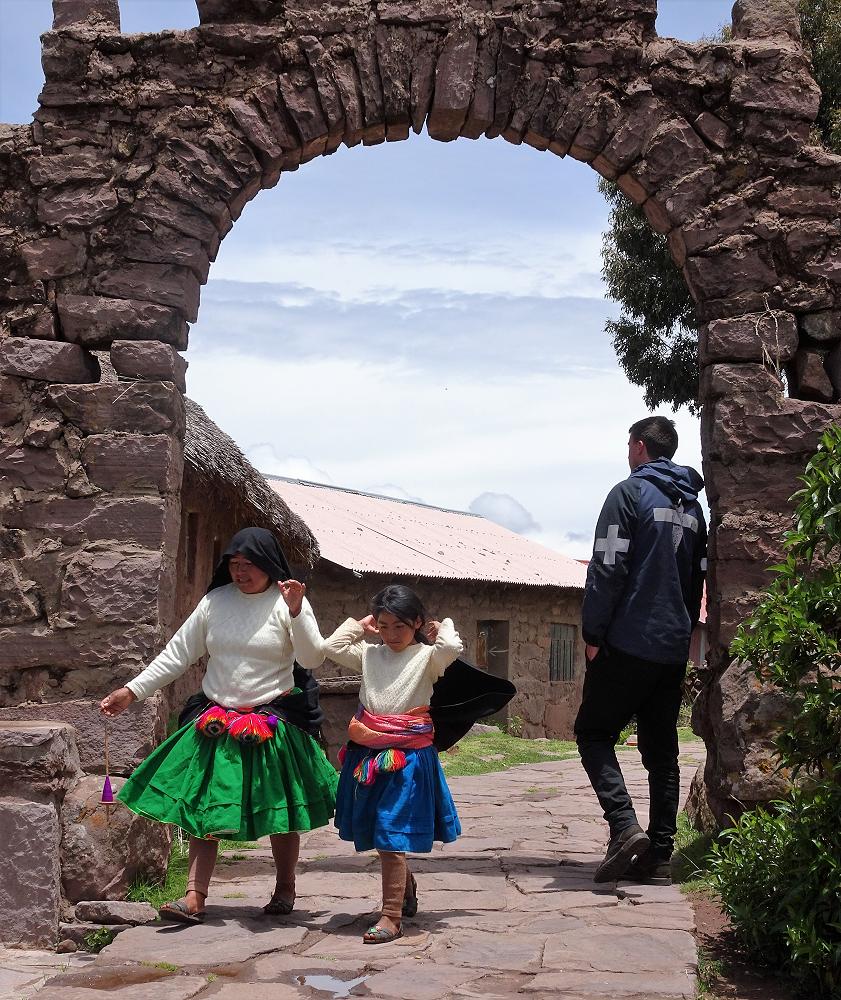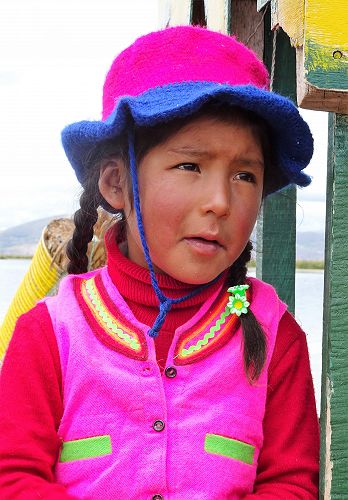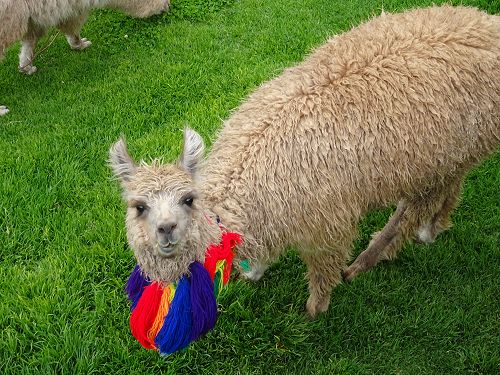
Peru - a land of contrasts
Travelling by the Book
First stop, Lima: A cosmopolitan city with 10 million inhabitants, dwelling on the shores of the Pacific Ocean and enjoying subtropical temperatures. Here, multiple lanes of bumper-to-bumper traffic grind through dusty slums and affluent suburbs alike - all driving on the wrong side of the road for a newly arrived, jet-lagged New Zealander, and occasionally on the wrong side of the road for Limans as well (eye shutting stuff). It is a pleasure to rest beneath the trees of Parque Kennedy, and take a siesta alongside the many cats that call this park home; enjoy ceviche and a Pisco Sour at a local restaurant; then retire to the luxury of a soft bed, in an air-conditioned hotel room, that comes complete with a fully functional bathroom. You just have to remember not to flush the loo paper (it goes into the provided bin).
On to the Huacachina Oasis, where the green waters of the lagoon, ringed by palm trees, are set in the desert. Temperatures are in the early 30s, the sand burns under your feet, and having a beer at the pool bar while still sitting in the water seems the perfect thing to do. Dune buggies run across the high, rolling sand dunes surrounding the village. I hang on for dear life as we crest a dune and soar across the sand, while my son takes yet another selfie and is having the time of his life.
Onwards and upwards, several long bus trips take us south. The most luxurious buses have reclining seats, air conditioning, free Wi-Fi, individual entertainment consoles, complimentary meals and hostesses. Others have seats whose only position is upright; the air conditioning is a window (if you can open it); entertainment is a Vin Diesel movie in Spanish, playing from a screen at the front of the bus; you buy your food from street vendors who hop on and off the bus; and your fellow passengers include live chickens.
The towns of Arequipa and Cusco fascinate with their narrow, cobble-stoned streets; highly ornate municipal buildings; monumental churches full of gold and silverwork, magnificent paintings and statues dressed in sumptuous velvets and lace; and bustling Plaza de Armas, enjoyable despite the harassment from the shoe shiners, umbrellas, sweets and artwork sellers (“It’s almost free, lady”), restaurant touts, and so forth. The tranquil cloisters of the Convent of Santa Catalina in Arequipa, where the ghosts of nuns from across the centuries still seem to walk along the terracotta streets of this enclosed ‘town within a town’, charm me. Learning that the hair cut from the heads of young girls entering as novices now adorns the heads of the statues in the various chapels seems to be the ultimate in re-cycling.
A floating island on Lake Titicaca is home to 6 families, where children and their parents sleep wall to wall in reed huts, and share communal facilities. Despite being surrounded by water, some of the children don’t appear to have been touched by it for several days. However, they sing sweetly, their repertoire including Frere Jacques, the only tune I recognised.
Amantani, an island, also on Lake Titicaca, has a population of 5000. There are no roads and only a few horses. The air is thin, and it is hard work walking. We stay overnight in a mud brick room, with a tarpaulin ceiling and an iron roof, attached to the home of a local family. The kitchen has a gas bottle cooker, and the “bathroom” is outside the house compound, and very basic. Notwithstanding the primitiveness, we are well looked after. It is here that we climb to our highest point in Peru – the summit of Pachatata, at 4,118m (13,510ft). You are up so high, and the view is so expansive, that you feel you could just stretch up and touch the clouds.
The Sacred Valley, descended into via a narrow road of hairpin turns, with its salt and silver mines, terraced fields, and Incan archaeological sites - many with wonderful tongue rolling names like Pisac, Ollantaytambo and Chinchero - oozes history. Zipping around the Peruvian highlands on the back of a quadbike, to see some of these sites, was a surreal experience. I’m sure my son drove through every mud puddle he saw! We both looked like mudlarks by the end of that tour.
And finally to Machu Pichu, mystical home of the Incas, set high in the Andes, surrounded by mist-shrouded mountains, exuding solitude and serenity, even with the experience being shared by hundreds of others. It was a fitting final destination for our Peruvian adventure.
To help you plan your own trip:
Peru. Carolyn McCarthy (Lonely Planet)
Peru. Maryanne Blacker (Eyewitness Travel)
Fiction
The Book of Human Skin. Michelle Lovric (Convent of Santa Catalina, Arequipa)
The Discreet Hero. Mario Vargas Llosa (modern Lima)
The Gold Eaters. Ronald Wright (Incan history)
Gallery



